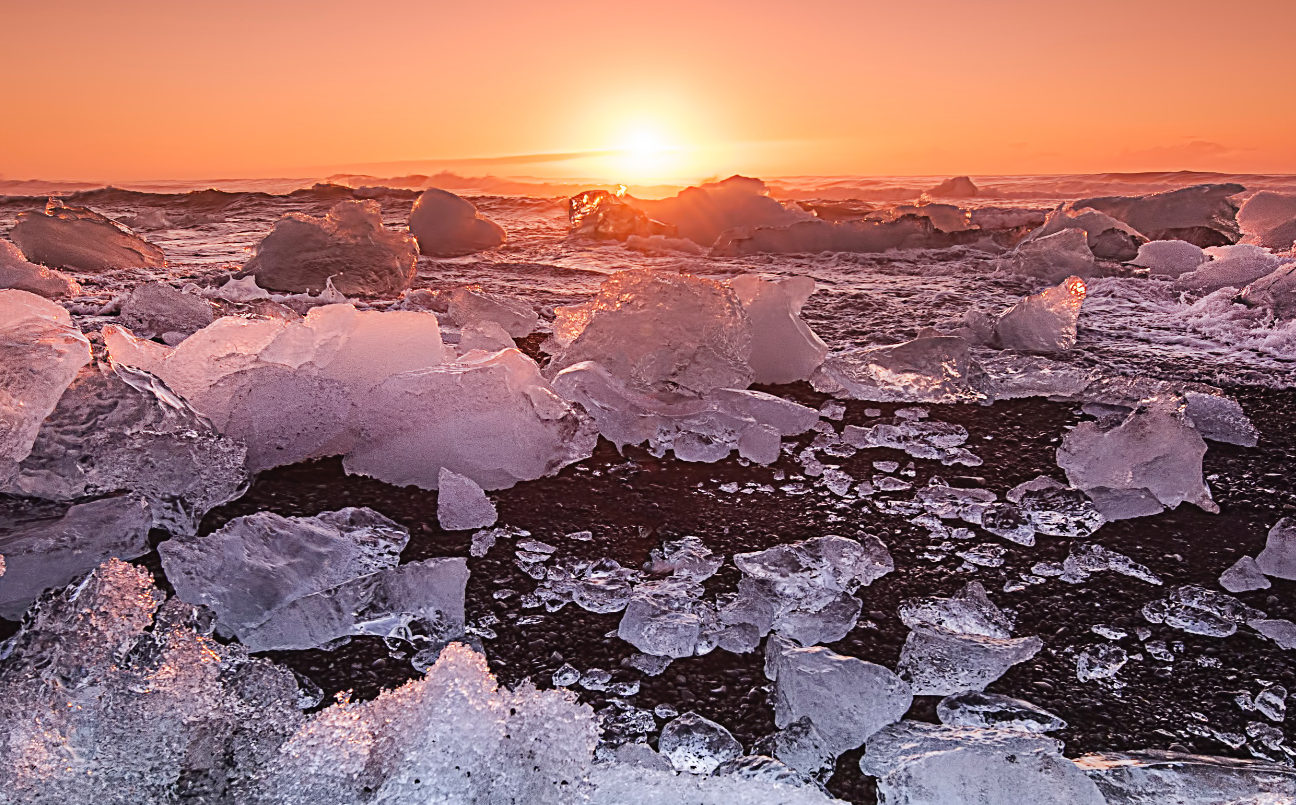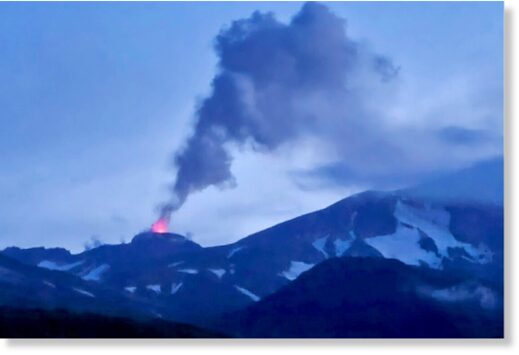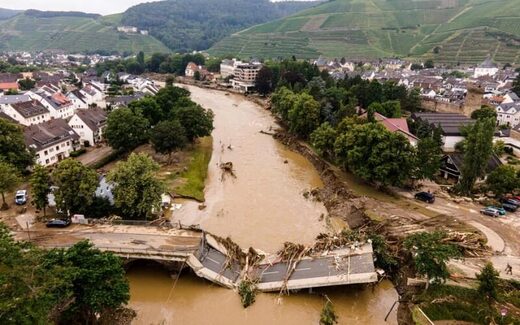TxGal
Day by day
Dr. Roger Higgs' Letter to John Kerry: "Global warming and cooling mimic Sun's magnetic activity, not CO2" - Electroverse

Articles
DR. ROGER HIGGS’ LETTER TO JOHN KERRY: “GLOBAL WARMING AND COOLING MIMIC SUN’S MAGNETIC ACTIVITY, NOT CO2”
AUGUST 6, 2021 CAP ALLON
Below is Geologists Dr. Roger Higgs’ 3-page letter to John Kerry, released Aug 1, 2021 (a 5 minute read).
The letter is destined securely (via professional network) for John Kerry, United States Special Presidential Envoy for Climate.
It is part of a package of similar letters from a diverse international group of scientists and energy professionals, collated by John Shanahan, co-founder/owner of allaboutenergy.net.
Shanahan is confident that the package will be received by Kerry, who, it is hoped, will then discuss the contents with President Biden–between Biden’s Grandpa naps and Donepezil intake, I presume…
Here is a copy of the letter (blow it up fullscreen to read):

 issuu.com
issuu.com
It is a terrible thing for politicians to be forcing humanity to abandon fossil fuels and nuclear power.
Imposing unreliable, inefficient, expensive, land-consuming, unsightly wind and solar energy schemes on the world is neither feasible nor green — it should be considered a crime against humanity, and should be punished as such.
Solar panel installations are surging in the U.S. and Europe as Western countries seek to cut their reliance on fossil fuels, reads the opening lines of a recent WSJ article.
But as the West proudly installs its “planet-saving” panels, it is ignoring the elephant in the room: the majority of solar panels are produced with energy from coal-fired power plants in China.
The solar industry is fast becoming one of the world’s most prolific polluters, according to analysts, completely undermining the emissions reductions achieved from widespread adoption.
Chinese factories supply more than three-quarters of the world’s polysilicon, an essential component in most solar panels, according to industry analyst Johannes Bernreuter. Polysilicon factories refine silicon metal using a process that consumes large amounts of electricity.
Chinese authorities have built an array of coal-burning power plants in sparsely populated areas such as Xinjiang and Inner Mongolia to support polysilicon manufacturers and other energy-hungry industries.
We already know the green movement is idiotic, and ideologically rooted…

Wind turbine blades can’t be recycled, so they’re piling up in landfills.
…but this is some fresh ‘off the scale’ stupidity.
It is further evidence that the entire AGW movement is nothing but a placating, sham-tastic scam — one that needs rejecting, vehemently, from all angles, particularly given the reality of our climate.
The sun looks to be slipping into its next Grand Solar Minimum cycle (perhaps by solar cycle 26–so around the mid-2030s), which means cooling for the majority of the planet.
Past human civilizations have ALL thrived during times of constant warmth (brought about by high solar activity), and our modern civilization has been no different; conversely though, and as has been the case for time-immemorial, societies soon struggle as the cold sets in — the ‘systems’ put in place during those decades/centuries of predictable and reliable warmth quickly begin to fail as the climate deteriorates, and the fall of empires aren’t usually far behind (see graph below) — the elites lose control as the harvests fail, and as famine ensues the angry masses seek answers, and scapegoats, and food:

The Falls of Empires coincides with stark drops in temperature (red line depicts the ‘modern warming’, and goes on to predict the next few centuries).
History repeats.
FURTHER READING:

 electroverse.net
electroverse.net

 electroverse.net
electroverse.net

 electroverse.net
electroverse.net
MORE FROM DR. HIGGS:

 electroverse.net
electroverse.net

 electroverse.net
electroverse.net

 electroverse.net
electroverse.net
The COLD TIMES are returning, the mid-latitudes are REFREEZING, in line with the great conjunction, historically low solar activity, cloud-nucleating Cosmic Rays, and a meridional jet stream flow (among other forcings).
Both NOAA and NASA appear to agree, if you read between the lines, with NOAA saying we’re entering a ‘full-blown’ Grand Solar Minimum in the late-2020s, and NASA seeing this upcoming solar cycle (25) as “the weakest of the past 200 years”, with the agency correlating previous solar shutdowns to prolonged periods of global cooling here.
Furthermore, we can’t ignore the slew of new scientific papers stating the immense impact The Beaufort Gyre could have on the Gulf Stream, and therefore the climate overall.


Prepare accordingly— learn the facts, relocate if need be, and grow your own.

Articles
DR. ROGER HIGGS’ LETTER TO JOHN KERRY: “GLOBAL WARMING AND COOLING MIMIC SUN’S MAGNETIC ACTIVITY, NOT CO2”
AUGUST 6, 2021 CAP ALLON
Below is Geologists Dr. Roger Higgs’ 3-page letter to John Kerry, released Aug 1, 2021 (a 5 minute read).
The letter is destined securely (via professional network) for John Kerry, United States Special Presidential Envoy for Climate.
It is part of a package of similar letters from a diverse international group of scientists and energy professionals, collated by John Shanahan, co-founder/owner of allaboutenergy.net.
Shanahan is confident that the package will be received by Kerry, who, it is hoped, will then discuss the contents with President Biden–between Biden’s Grandpa naps and Donepezil intake, I presume…
Here is a copy of the letter (blow it up fullscreen to read):

How IPCC mistake blamed natural global warming on CO2 - RH
Read How IPCC mistake blamed natural global warming on CO2 - RH by John A. Shanahan on Issuu and browse thousands of other publications on our plat...
It is a terrible thing for politicians to be forcing humanity to abandon fossil fuels and nuclear power.
Imposing unreliable, inefficient, expensive, land-consuming, unsightly wind and solar energy schemes on the world is neither feasible nor green — it should be considered a crime against humanity, and should be punished as such.
Solar panel installations are surging in the U.S. and Europe as Western countries seek to cut their reliance on fossil fuels, reads the opening lines of a recent WSJ article.
But as the West proudly installs its “planet-saving” panels, it is ignoring the elephant in the room: the majority of solar panels are produced with energy from coal-fired power plants in China.
The solar industry is fast becoming one of the world’s most prolific polluters, according to analysts, completely undermining the emissions reductions achieved from widespread adoption.
Chinese factories supply more than three-quarters of the world’s polysilicon, an essential component in most solar panels, according to industry analyst Johannes Bernreuter. Polysilicon factories refine silicon metal using a process that consumes large amounts of electricity.
Chinese authorities have built an array of coal-burning power plants in sparsely populated areas such as Xinjiang and Inner Mongolia to support polysilicon manufacturers and other energy-hungry industries.
We already know the green movement is idiotic, and ideologically rooted…

Wind turbine blades can’t be recycled, so they’re piling up in landfills.
…but this is some fresh ‘off the scale’ stupidity.
It is further evidence that the entire AGW movement is nothing but a placating, sham-tastic scam — one that needs rejecting, vehemently, from all angles, particularly given the reality of our climate.
The sun looks to be slipping into its next Grand Solar Minimum cycle (perhaps by solar cycle 26–so around the mid-2030s), which means cooling for the majority of the planet.
Past human civilizations have ALL thrived during times of constant warmth (brought about by high solar activity), and our modern civilization has been no different; conversely though, and as has been the case for time-immemorial, societies soon struggle as the cold sets in — the ‘systems’ put in place during those decades/centuries of predictable and reliable warmth quickly begin to fail as the climate deteriorates, and the fall of empires aren’t usually far behind (see graph below) — the elites lose control as the harvests fail, and as famine ensues the angry masses seek answers, and scapegoats, and food:

The Falls of Empires coincides with stark drops in temperature (red line depicts the ‘modern warming’, and goes on to predict the next few centuries).
History repeats.
FURTHER READING:

"The next 30 years will be Cold," says Climate Scientist Dr. Willie Soon
"If you want to face a serious problem, worry about an ice age, never worry about global warming." #GrandSolarMinimum

"New Little ICE Age Instead of Global Warming?" by Dr Theodor Landscheidt - Electroverse
Researchers who track the multimillennial plays of the cosmosroutinely land on the year 2030 as being the date of 'climate deterioration'.

Top Russian Scientist: "We Should Fear A Deep Temperature Drop — Not Global Warming" - Electroverse
Top Russian Scientist: "We Should Fear A Deep Temperature Drop — Not Global Warming" -- Global temperatures have dropped 0.64C since the start of 2016
MORE FROM DR. HIGGS:

New Scientific Study Reveals "the IPCC is either Lying or Incompetent," says Dr Roger Higgs - Electroverse
"We've instilled 'climate anxiety' into an entire generation of young people & are wasting trillions trying to tackle perfectly natural Sun-driven changes."

NASA caught "adjusting" Global Temperature Graph - Electroverse
NASA discreetly lowered the 2016 global average temp --previously the highest on record-- to make the year 2020 seem like the hottest.

29 Bullet Points PROVING the Sun causes Global Warming, not CO2: by a GEOLOGIST, for a change (Dr Roger Higgs) - Electroverse
Inescapable conclusion: the IPCC is wrong − the sun, not CO2, drove modern global warming -- (Dr Roger Higgs -- Geoclastica Ltd.
The COLD TIMES are returning, the mid-latitudes are REFREEZING, in line with the great conjunction, historically low solar activity, cloud-nucleating Cosmic Rays, and a meridional jet stream flow (among other forcings).
Both NOAA and NASA appear to agree, if you read between the lines, with NOAA saying we’re entering a ‘full-blown’ Grand Solar Minimum in the late-2020s, and NASA seeing this upcoming solar cycle (25) as “the weakest of the past 200 years”, with the agency correlating previous solar shutdowns to prolonged periods of global cooling here.
Furthermore, we can’t ignore the slew of new scientific papers stating the immense impact The Beaufort Gyre could have on the Gulf Stream, and therefore the climate overall.


Prepare accordingly— learn the facts, relocate if need be, and grow your own.







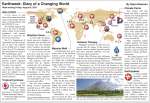
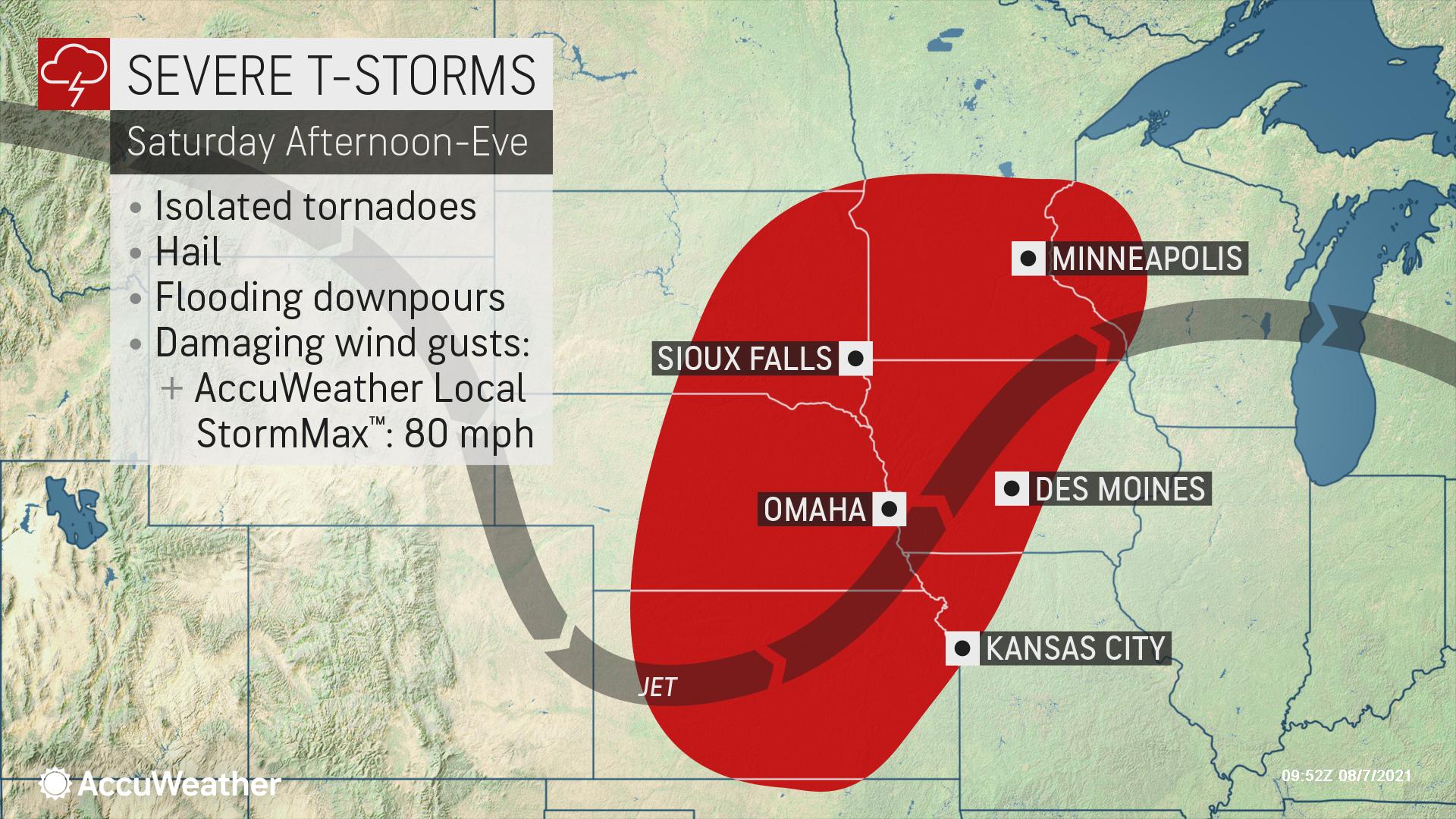
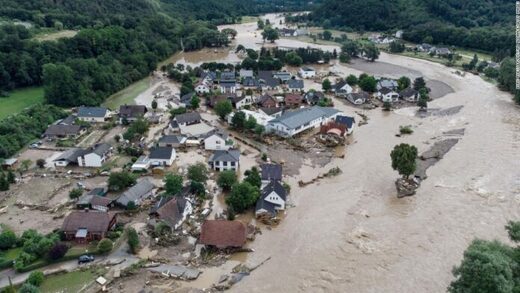

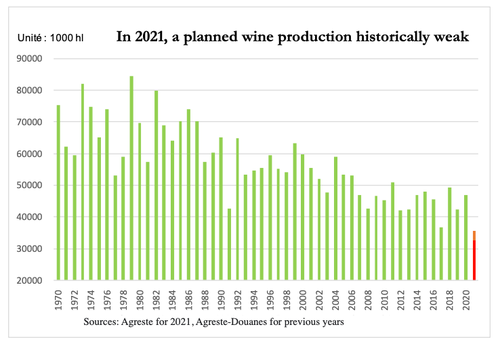









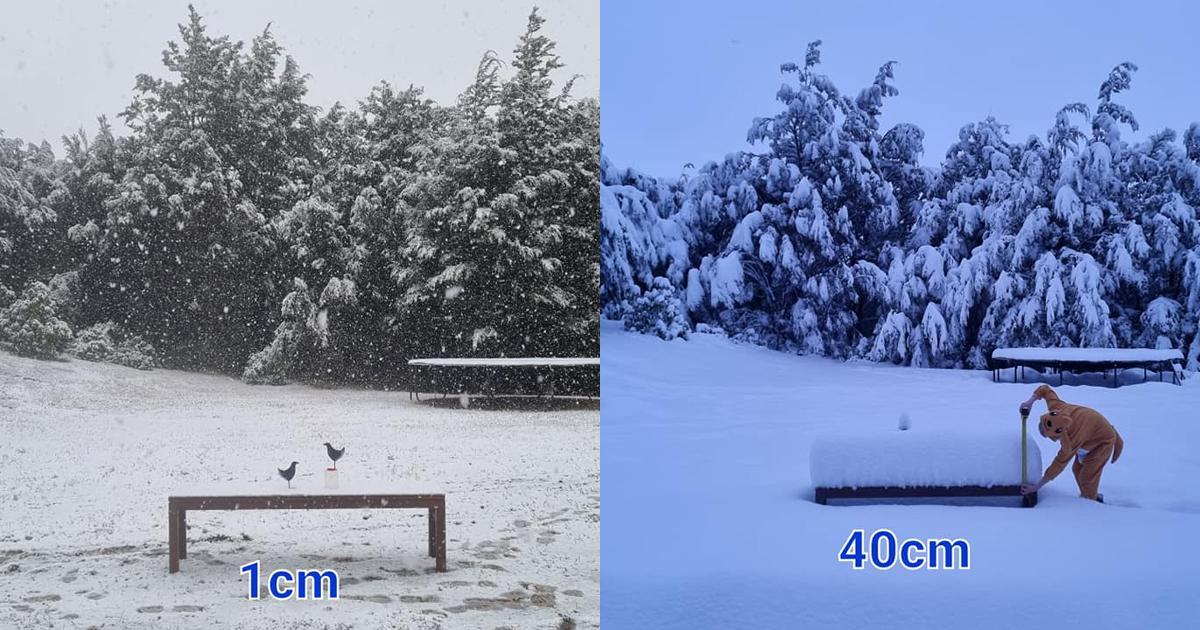

/cloudfront-ap-southeast-2.images.arcpublishing.com/nzme/OIPTCXYEBZGMGTZOX3UPPBX6SY.jpg?w=640&ssl=1)




















